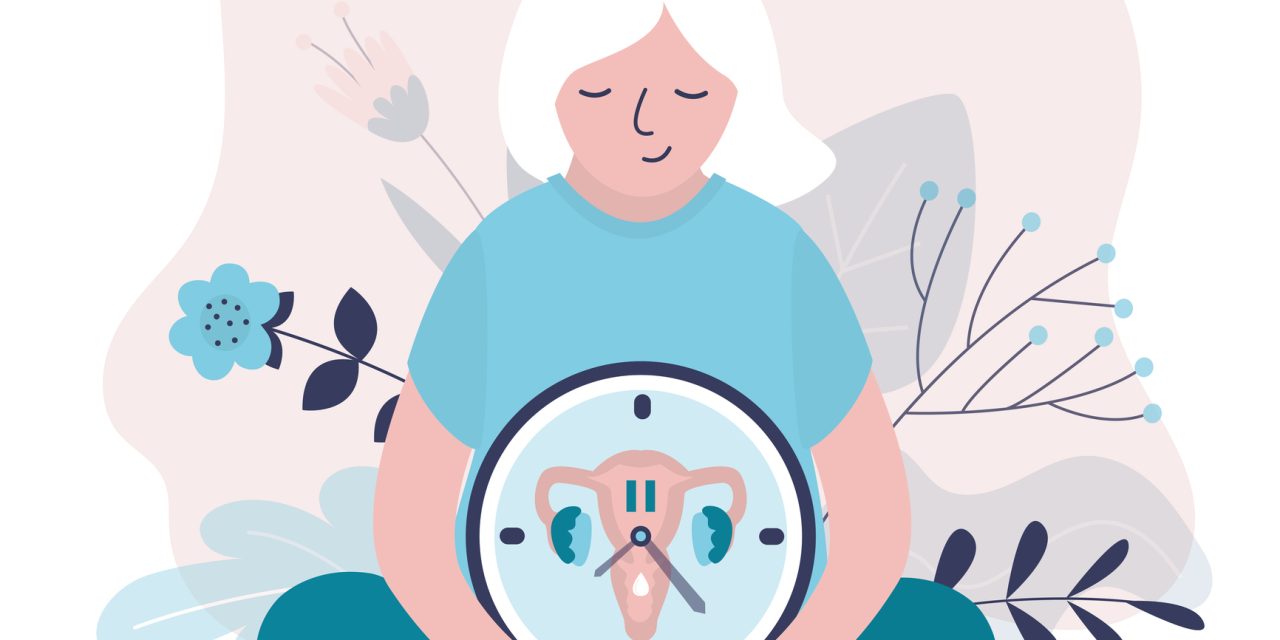There is mounting evidence that hazardous environmental chemicals are linked to poor reproductive and developmental outcomes. Toxic exposures associated with reproductive and developmental health have primarily been linked to infertility and miscarriage, obstetric outcomes such as preterm birth and low birth weight, neurodevelopmental delay such as autism and attention deficit hyperactivity disorder, and adult and childhood cancer. Although there is much overlap in the types of exposure and the health consequences associated with them, for the purposes of this paper, exposures can be broadly classified as follows: Toxic substances, air pollution, and climate change-related exposures are all factors to consider. When a hazardous exposure is discovered, obstetric care providers do not need to be experts in environmental health science to give valuable information to patients and, if necessary, send patients to suitable specialists. Obstetricians–gynecologists and other obstetric care clinicians must learn about toxic environmental exposures that are common in their specific geographic areas, such as local water safety advisories, local air quality levels, and patients’ proximity to power plants and fracking sites.
Although exposure to hazardous environmental agents is prevalent among communities, many environmental variables that are detrimental to reproductive health disproportionately impact disadvantaged people and are encapsulated in environmental justice problems. Clinical interactions provide a chance to screen and educate patients, particularly those who are disproportionately affected, about ways to decrease hazardous environmental health exposures throughout the pre pregnancy and prenatal periods. This Committee Opinion has been updated to reflect more recent research on minimising prenatal and postnatal harmful environmental exposures.


